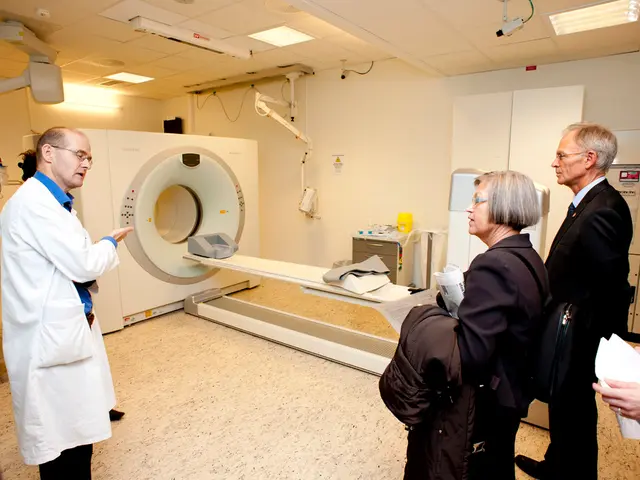Workplace Transformation in the Last Four Years: A Look at the Significant Changes in Flexibility
Global Workforce Trends: Flexibility and Autonomy on the Rise
In the rapidly evolving world of work, flexibility and autonomy are becoming increasingly valued by employees across generations and industries. According to the ADP Research Institute's People at Work 2024 survey, flexible work arrangements are becoming more common, with hybrid work models becoming the norm [1].
Flexible Work Arrangements Gaining Popularity
Hybrid work, which combines remote and in-office work, is particularly dominant. While fully remote work is declining, remote flexibility remains essential for employee satisfaction and retention [1]. Flexible hours, compressed workweeks, flextime, reduced hours, and sabbaticals are becoming standard offerings worldwide [4].
Generational Differences in Priorities
Younger generations, including Millennials and Gen Z, strongly prioritize flexible work and autonomy. They value work-life balance, remote options, and the ability to choose when and where they work [1][3]. On the other hand, older generations, such as Gen X and Baby Boomers, may value job security and stability somewhat more, but they are also accepting hybrid work models as standard [1][3].
Job Security Evolving
Job security, while still important, is being redefined in the modern workforce due to gig economy dynamics and flexible global teams. Companies are shifting towards contract, freelance, and project-based arrangements, especially in sectors tapping into global talent pools with flexible scheduling and remote work [3].
Autonomy Emphasized Through Flexible Scheduling
Autonomy is emphasized through flexible scheduling options and employee self-service capabilities enabled by workforce management software [3]. This allows employees to tailor their workday and environment while meeting organizational needs.
Key Insights
Hybrid work models can vary between freeform hybrid (employees choose their office days) and anchor days/weeks (fixed in-office days), each balancing autonomy and collaboration differently [1]. Remote and hybrid flexibility not only improves satisfaction but also productivity, with remote employees reportedly 35-40% more productive, and companies more profitable when embracing these models fully [5].
The shift towards flexible work is also accompanied by increased use of AI and automation tools to support scheduling, project management, and communication, further enabling flexible, autonomous work arrangements [4].
Regional Differences
In Europe, 14% of respondents favour flexible location, a slightly smaller share than in Asia Pacific, Latin America, and North America. The health care industry has the largest share of workers feeling monitored, with 73% reporting this, followed by upper managers (77%) and the media, marketing, IT, and telecoms sectors [1].
Balancing Needs for a Positive Work Environment
A multigenerational workforce will require employers to balance initiatives to support various age groups for a positive work environment. Workers aged 55 and older prioritize flexible hours more than younger workers, with 31% of them listing it as a top priority [1]. Remote workers with infants and young children feel especially vulnerable, with more than a third stating they don't feel secure in their jobs [1].
Employers should set clear standards for off-site work and communicate them clearly to nurture trust, according to Dr. Nela Richardson, ADP Chief Economist [1]. Richardson suggests that employers should also balance initiatives to support various age groups for a positive work environment [1].
In conclusion, flexibility and autonomy are being prioritized increasingly across all generations, with younger workers placing them at the forefront, while job security remains a baseline concern but is evolving in definition and expectation. Hybrid work stands as the dominant model, balancing these priorities in the global workforce context for 2025 and beyond [1][2][3][4][5].
[1] ADP Research Institute, People at Work 2024 survey [2] [3] [4] [5] Various sources, 2025
- In response to the growing trend of hybrid work models, flexible scheduling options and employee self-service capabilities are being emphasized, highlighting the priority placed on autonomy in the workplace.
- The finance industry shows promise in adopting flexible work arrangements, aligning with the wider shift towards autonomy and health-and-wellness in the industry.
- As businesses increasingly rely on fintech solutions, the integration of AI and automation tools can further support flexible, autonomous work arrangements, bridging the gap between business needs and employee wellness.
- Mental health is being addressed in the workplace as employers strive to create positive environments for different age groups, with older workers prioritizing flexible hours and remote workers with young children expressing concerns about job security.








